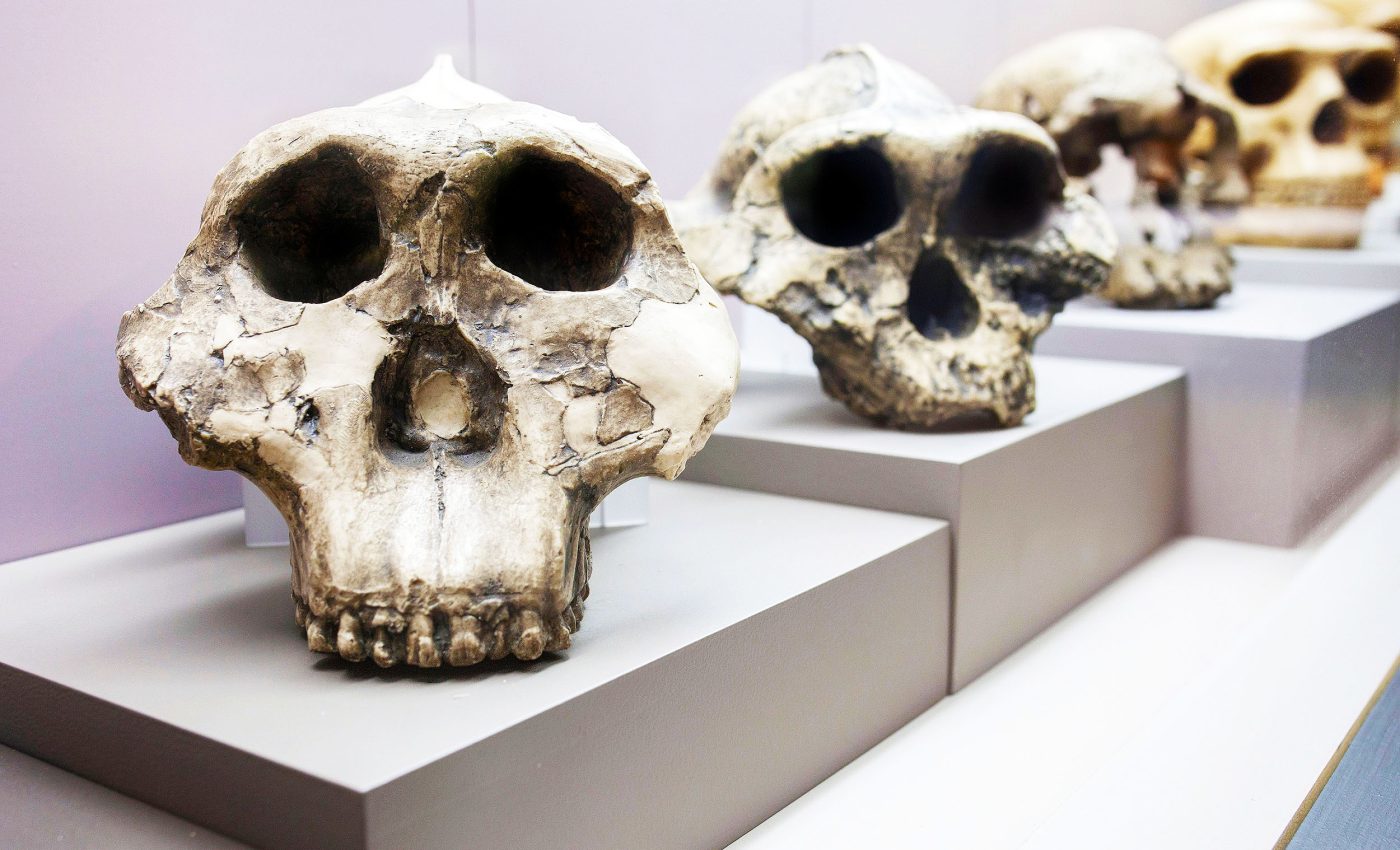
Tooth fossil analysis upends current theory of prehistoric human evolution
Ancient tooth enamel proteins have provided powerful clues for researchers studying our very early relatives – Paranthropus robustus, in this instance – and their role in human evolution.
This hard outer layer of teeth, once dismissed as too durable to hold molecular secrets, is now offering unexpected insights into a lineage that scientists used to consider fairly straightforward.
A new study, led by Palesa Madupe of the Globe Institute at the University of Copenhagen, has revealed protein-based evidence of hidden genetic variation within Paranthropus robustus.
This suggests that the prehistoric humans may not have been a single, uniform species after all.
Protein points to new species
Paranthropus robustus, dating back to between 2.8 and 1 million years ago, was long grouped under a single evolutionary umbrella.
Many findings initially supported the view that these distant cousins of ours were a single, stable population that coexisted in parts of southern Africa alongside other hominins.
Some researchers noticed that P. robustus shared features with Australopithecus africanus.
In particular, dental traits hinted at overlaps that seemed too close for comfort. Those overlaps eventually led to questions about the possibility of multiple branching lines rather than a solitary lineage.
Why ancient DNA fades
The study of ancient DNA (aDNA) has offered breakthroughs in unraveling hominin relationships in material that is under 20,000 years old.
Beyond that threshold, much of the fragile genetic material degrades and disappears. In older African fossils, those precious genetic codes are usually gone.
This limitation prompted investigators to look elsewhere for molecular clues. Instead of aDNA, they turned to sturdier molecules that can remain intact in fossils for far longer, and would allow a fresh window into the biology of extinct species.
Paranthropus robustus tooth enamel
A field called paleoproteomics now makes it possible to detect and characterize proteins in ancient remains.
Using high-resolution mass spectrometry, researchers analyzed tooth enamel from fossils dated to roughly 1.8-2.2 million years ago. They hoped to find distinct protein signatures that might add to existing skeletal observations.
The tooth enamel, excavated from Swartkrans cave in South Africa, included four separate P. robustus specimens.
Each sample was painstakingly checked for molecular markers, opening the door to a deeper understanding of how these individuals might have varied.
Proteins fix fossil sex labels
One of the central findings involved sexual dimorphism, the physical differences between males and females of the same species.
Older assessments of P. robustus relied on tooth size to guess whether a specimen was male or female. Protein evidence now showed that some specimens were mislabeled when judged solely by tooth size.
Researchers identified key enamel peptides that mark male or female biology, which led to a more precise determination of each fossil’s sex.
This approach indicated that tooth size alone does not fully explain the range of variability seen in these individuals.
Hints of multiple species
Proteins revealed more than just sex-based differences. One specimen displayed a unique sequence pattern that set it apart from the others, prompting the idea that P. robustus might not be a one-size-fits-all species.
Some experts now wonder if this clue supports the proposed species P. capensis, though confirmation would require further study.
Morphological signals had hinted at something unusual, including tooth-enamel thicknesses that vary more than expected within a single population.
These protein-based observations align with fossil-based research that suggests more taxonomic complexity in the group than previously assumed.
Shared ancestry or parallel evolution?
Scientists once tried to connect P. robustus directly to Australopithecus africanus, given their overlapping features. The new enamel data raise questions about whether these similarities represent shared ancestry or parallel evolution.
It’s also possible that distinct Paranthropus groups arose and coexisted, each adapted to specific niches across different landscapes.
This scenario would help explain the range of dental and skeletal traits seen in fossils assigned to this genus, and suggests they should not be forced into a single, rigid category.
“Paleoanthropology has a history of being dominated by scholars from predominantly White, Western institutions,” said study lead author Palesa Madupe.
Beyond the science, the study reflects a shift in how paleoanthropological work is conducted.
She and her collaborators aim to change that by involving local experts in every stage of investigation.
Their hope is to share findings more equitably and promote broad participation among African researchers, whose regions hold many key prehistoric sites.
Broader lessons from enamel proteins
Enamel proteins are now essential to discussions about ancient hominin diversity. They allow us to tell males from females with greater certainty, and they might even pinpoint local or regional distinctions within a species.
This approach could be the key to unlocking stories where DNA is no longer an option.
Paleoproteomics also reduces reliance on external morphological markers, which can vary or overlap.
In earlier studies, hominin classification sometimes rested on subtle skeletal traits that led to confusion. Protein-based data may help researchers avoid those pitfalls and distinguish genuine differences.
P. robustus, tooth enamel, and evolution
These findings encourage scientists to reevaluate established frameworks on early human evolution.
By comparing protein sequences from multiple specimens, researchers will move closer to clarifying the number of species that once roamed the same landscapes, millions of years ago.
They also show how including diverse voices and regions can enrich our view of the past. This is particularly important for discoveries made on the African continent, which holds so many clues to our collective origins.
The study is published in the journal Science.
—–
Like what you read? Subscribe to our newsletter for engaging articles, exclusive content, and the latest updates.
Check us out on EarthSnap, a free app brought to you by Eric Ralls and Earth.com.
—–













